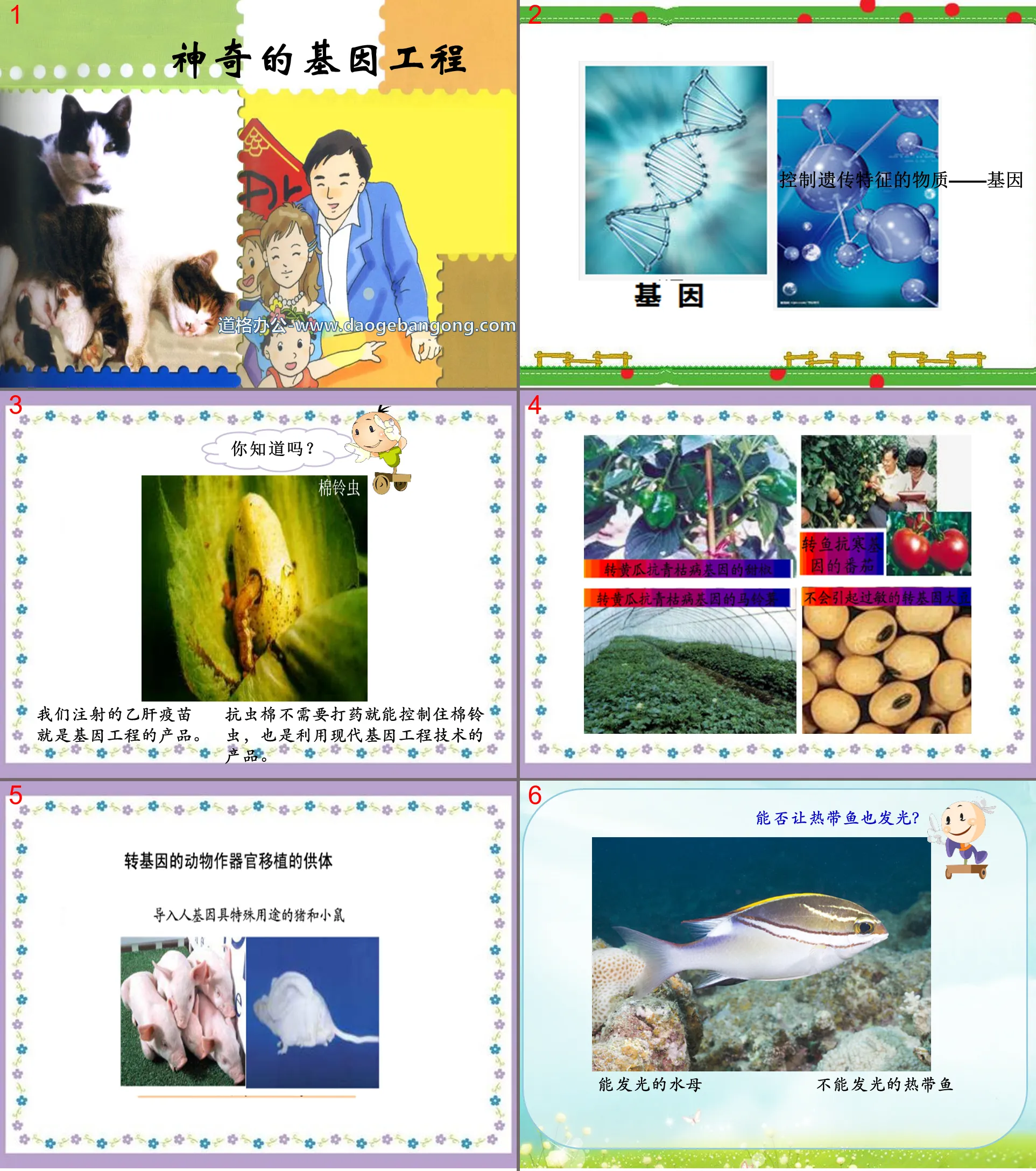"Microorganisms Everywhere" PPT Simple campus recruitment activity planning plan summary enterprise and institution recruitment publicity lecture PPT template is a general PPT template for business post competition provided by the manuscript PPT, simple campus recruitment activity planning plan summary enterprise and institution recruitment promotion Lecture PPT template, you can edit and modify the text and pictures in the source file by downloading the source file. If you want more exquisite business PPT templates, you can come to grid resource. Doug resource PPT, massive PPT template slide material download, we only make high-quality PPT templates!
| 文件名 如何下载使用 | 下载次数 | Download Points | 下载地址 |
|---|---|---|---|
| "Microorganisms Everywhe... | 22075次 | 0.00 | Free Download |
Tips: If you open the template and feel that it is not suitable for all your needs, you can search for related content "Microorganisms Everywhere" PPT is enough.
How to use the Windows system template
Directly decompress the file and use it with office or wps
How to use the Mac system template
Directly decompress the file and use it Office or wps can be used
Related reading
For more detailed PPT-related tutorials and font tutorials, you can view: Click to see
How to create a high-quality technological sense PPT? 4 ways to share the bottom of the box
Notice
Do not download in WeChat, Zhihu, QQ, built-in browsers, please use mobile browsers to download! If you are a mobile phone user, please download it on your computer!
1. The manuscript PPT is only for study and reference, please delete it 24 hours after downloading.
2. If the resource involves your legitimate rights and interests, delete it immediately.
3. Contact information: service@daogebangong.com
"Microorganisms Everywhere" PPT, due to usage restrictions, it is only for personal study and reference use. For commercial use, please go to the relevant official website for authorization.
(Personal non-commercial use refers to the use of this font to complete the display of personal works, including but not limited to the design of personal papers, resumes, etc.)

Related reading
For more detailed PPT-related tutorials and font tutorials, you can view:Please click to see










Authoritative PPT Summary
Hunan Education Edition fifth grade science volume 2, microorganisms everywhere PPT courseware
Part One: Microorganisms
1. Definition of microorganisms
What are microorganisms?
In addition to common animals and plants in nature, there is also a very complex group of organisms with tiny individuals. They are small in size and have a certain morphological structure. The structure is simple and invisible to the naked eye. They must be magnified thousands or even tens of thousands of times using a microscope to see them. Tiny organisms that can grow, reproduce and undergo genetic variation in a suitable environment are called microorganisms.
2. Classification of microorganisms
According to the differences in morphology, structure and biological properties of microorganisms, they can be divided into bacteria, fungi (including molds and yeasts), and viruses.
Microorganisms everywhere PPT, part 2: bacteria
Definition of bacteria
The definition of bacteria: It is a type of prokaryotic microorganism that is cellular, thin and short, has a simple structure, has a tough cell wall, reproduces by second-class division, and is highly aquatic.
Bacterial morphology
Bacteria are very small individuals, usually measured in microns (μm, 1μm=10-3mm). Most bacteria are about 1-5μm long and 0.2-1.0μm wide. Under certain conditions, bacteria have a relatively stable basic form. According to different shapes, bacteria can be divided into three categories: Spiral bacteria, cocci, and bacilli.
Fungi – an overview
Fungi are widely distributed and come in many varieties, with more than 100,000 species. Most of them are harmless to humans, while some are beneficial to humans.
Fungi are eukaryotic cell-type microorganisms. Their main feature is that they have a complete nucleus (i.e., a nuclear membrane and a nucleolus) in the cell. The nucleus is composed of DNA and protein and forms several chromosomes. However, fungi have no chlorophyll and can be heterotrophic. In life, most are saprophytic, and a few are parasitic or symbiotic. Fungi include molds and yeasts. Molds account for the majority of fungi, and yeasts are single-celled eukaryotic microorganisms without true mycelium.
fungal culture
Fungi do not have high nutritional requirements, and the temperature for cultivating fungi is 22 to 28°C. However, the optimal growth temperature for some deeply infected fungi is 37°C. The optimal pH is: pH4.0~6.0.
Ubiquitous Microorganisms PPT, Part 3: Viruses
Viruses – size and shape
Viruses are a type of non-cellular microorganisms that are very small in size, simple in structure, contain one type of nucleic acid (DNA or RNA), and must grow and reproduce within living cells. A substance between life and non-life, a genome composed of one or more nucleic acid molecules, with a protective shell of protein or lipoprotein, so a virus is regarded as a "package of genes". Not sensitive to antibiotics but sensitive to interferon.
The largest viruses such as vaccinia virus are 330nm × 230nm × 100nm and can be seen under an optical microscope, while small viruses such as poliovirus are only 27nm in size. The size of most viruses is around 1050nm and can only be seen under an electron microscope. You can only see it by magnifying hundreds of thousands of times. Can pass through sterilizing filter.
Microorganisms everywhere PPT, Part 4: Sterilization and disinfection
Sterilization and Disinfection – Concepts
Sterilization: The use of physical or chemical methods to kill all microorganisms on objects or in the medium, including all pathogenic and non-pathogenic microorganisms and bacterial spores, is called sterilization. Sterilized items are sterile.
Disinfection: Chemical or physical methods to kill non-spore pathogenic microorganisms on objects or in media are called disinfection to prevent the spread of germs.
Bacteriostasis: A method of inhibiting the growth and reproduction of bacteria inside or outside the human body. Commonly used bacteriostatic agents are various antibiotics.
Anticorrosion: It is to prevent the growth and reproduction of microorganisms to prevent items from spoiling, also known as bacteriostasis.
Sterility: means it does not contain viable bacteria. The aseptic operation technique of microbial testing is to operate under specific conditions to strictly prevent viable bacteria from invading the experimental materials. The utensils and materials used in aseptic operations must be sterilized in advance.
Microorganisms everywhere PPT, part 5: thinking
think:
1. What problems did the winery encounter?
Answer: The fragrant and fragrant wine suddenly turned sour.
2. What causes wine to go bad?
Answer: It is the result of a tiny gray-white rod-shaped organism - Lactobacillus.
3. How did Pasteur solve this problem?
Answer: Warm the wine to 55°C to kill the lactobacilli in the wine.
Microorganisms everywhere PPT, Part 6: Physical methods commonly used for sterilization and disinfection
Physical methods commonly used for sterilization and disinfection
Thermal sterilization method:
Heat can break the DNA, an important component of microorganisms, disintegrate ribosomes, irreversibly denature proteins and enzymes, and destroy membrane structures, leading to the death of microorganisms.
Ultraviolet sterilization method:
Ultraviolet light with a wavelength of 200-300nm has a bactericidal effect, and the wavelength of 260-280nm has the strongest bactericidal effect. Ultraviolet light can cause a variety of damages to DNA. The main reason is that nucleic acid absorbs ultraviolet light and causes one or two strands of DNA to move up between adjacent thymines. Dimers (TT) are formed, thereby interfering with DNA replication, which can lead to mutations in mild cases and death in severe cases. Ultraviolet sterilization is strong and stable, but its penetration is poor. Even thin glass can filter out most of it. Therefore, ultraviolet rays are only suitable for disinfecting indoor air and object surfaces.
Drying and low-temperature antibacterial method:
The propagules of some bacteria will die quickly when dried, but the spores are resistant to desiccation. For example, the spores of Bacillus anthracis can resist desiccation for more than 20 years. Drying is often used to preserve food. Low temperature can slow down bacterial metabolism.
Keywords: Hunan Education Edition fifth grade science PPT courseware for the second volume free download, microorganisms everywhere PPT download, .PPT format;
For more information about the "Microorganisms Everywhere" PPT courseware, please click the "Microorganisms Everywhere" ppt tab.
"Microorganisms Everywhere" PPT:
Hunan Education Edition fifth grade science volume 2, microorganisms are everywhere PPT, the first part content: deterioration phenomenon Food will be ( ) if left for a period of time. Food deterioration is a common phenomenon in our lives. Add the cooled rice to three disposable cups, which one will spoil first:..